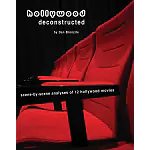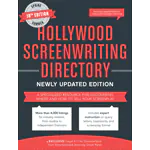Create Complex Characters that are not Black and White in Nature
How often in life do you meet someone that is flawless? Conversely, how often do you meet someone that does not have a single good bone in their body? …
Don’t Get Stuck on an Unresolved Plot Point
Writers’ Block — It’s a killer We’ve all been there, happily tapping away at the keyboard at our latest and greatest movie script in a creative stream of consciousness…
Character Arcs are the Foundation of an Engaging Story
So what is a character arc, you ask? Sounds complicated. Well, it doesn’t have to be, although a complicated character arc may be just what your screenplay needs. A…



